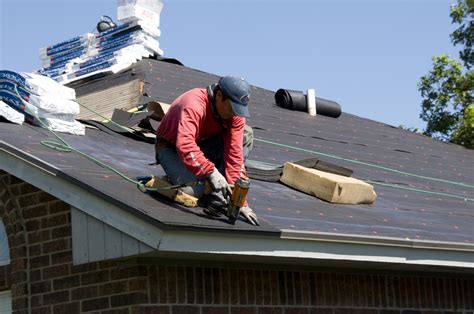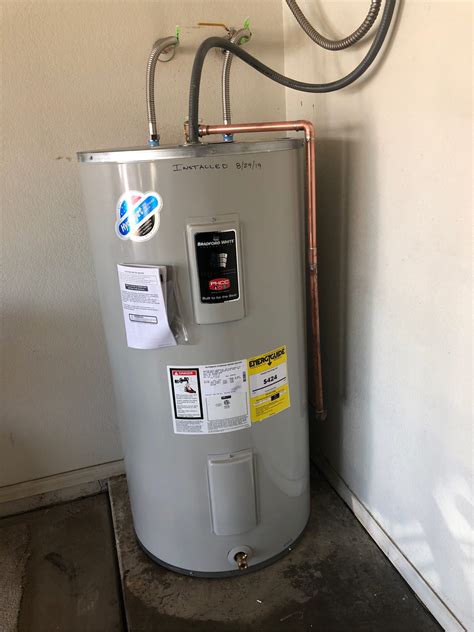
When it comes to maintaining the integrity of your home, a solid and well-maintained roof is crucial. Over time, roofs deteriorate due to age, weather conditions, and other factors, necessitating a roof replacement. In this guide, we’ll explore the key aspects of roof replacement, including the cost, roofing materials, considerations for tear-off or second layer installation, the best time for roofing work, and an overview of the roofing process.
Roof Replacement Cost
The cost of a roof replacement can vary depending on several factors, including the size of your roof, the roofing materials used, the complexity of the installation, and your location. It’s essential to obtain multiple quotes from reputable roofing contractors to get an accurate estimate for your specific project.
The Basic Roofing Materials
Roofing materials play a significant role in the durability and longevity of your new roof. Here are some common roofing materials:
- Asphalt shingles: Affordable and widely used, asphalt shingles come in various styles and colors.
- Metal roofing: Durable and energy-efficient, metal roofs can last for several decades.
- Slate tiles: Known for their elegance and longevity, slate tiles provide a beautiful and durable roofing option.
- Clay or concrete tiles: These tiles offer excellent durability and can enhance the aesthetics of your home.
- Wood shakes or shingles: Natural and rustic, wood roofs require proper maintenance for longevity.
Tear Off or Second Layer?
When replacing your roof, you’ll need to decide whether to tear off the existing roof or install a new layer over it. Factors such as the condition of the current roof, local building codes, and the type of roofing materials you choose can influence this decision. It’s generally recommended to perform a tear-off for better long-term results and to address any underlying issues.
Consider Off-Season Roofing Work
Scheduling your roof replacement during the off-season can have advantages. Contractors may have more availability, and you might be able to negotiate better pricing. Additionally, off-season work can minimize disruptions to your daily life as there tends to be less foot traffic and outdoor activities during certain times of the year.
Understand the Roofing Process
The process of roof replacement typically involves the following steps:
- Inspection and assessment of the existing roof
- Preparation of the work area, including protecting the surrounding property
- Tear-off of the existing roof (if necessary)
- Repair or replacement of damaged roof components
- Installation of underlayment and flashing
- Application of the chosen roofing materials
- Final inspection and cleanup
Frequently Asked Questions (FAQ)
1. How long does a roof replacement typically take?
The duration of a roof replacement depends on various factors, such as the size and complexity of the roof, weather conditions, and the efficiency of the roofing crew. On average, a roof replacement can take anywhere from a few days to a couple of weeks.
2. Can I install a new roof over the existing one?
In some cases, it may be possible to install a new layer of roofing over the existing one. However, it’s essential to consult with a professional roofer to assess the condition of the current roof and determine if this option is suitable for your specific situation.
3. How often should I have my roof inspected?
Regular roof inspections are crucial for identifying potential issues and ensuring the longevity of your roof. It’s recommended to have a professional inspection at least once a year, especially after severe weather events.
By understanding the basics of roof replacement, you can make informed decisions and ensure a successful roofing project. Remember to consult with reputable roofing contractors and prioritize the quality of materials and workmanship to enjoy a durable and long-lasting roof for your home.






